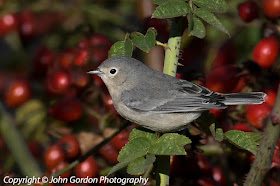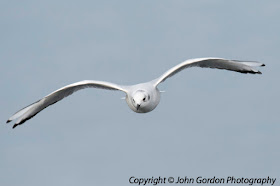Nov 14 2016 Kelowna BC
Sunset Drive Park/Manhattan Drive
When the news of a mega rarity started percolating through the birding community I decided go for it. I've missed a few twitches because of inertia so I put my mind to making this one happen. Even though it would mean an eight hour round-trip it was too good an opportunity to miss.
I would need company for the long drive and within an hour I had two longtime listers Dale Jensen and Carlo Giovanella to accompany me on the long drive. I drove, they navigated and we swapped birding yarns. The time passed quickly as I listened to stories about spoonbill sandpipers at Iona and other famous BC twitches.
As we made our way over the Coquihalla summit (elevation 1210 metres) it began to rain and on the connector between Merritt and Kelowna it began to snow lightly, enough to collect on the windscreen wipers. We hoped the weather would improve and improve it did. By the time arrived at Sunset Drive Park in Kelowna the sun was out. At first we found only birders and a small flock of California Quail.
Eventually more twitchers arrived including renowned birder Mike Force (he was also one of those present when the spoonbill sandpiper was spotted at Iona) After scouring the park unsuccessfully for about thirty minutes we moved over to Manhattan Drive which borders on an industrial site. I hadn't met Mike before but before long he had us on the bird, albeit fifty metres away. At least we had seen it.
 |
The blue that makes a nice colour complimentary background
is actually a tarp in a nearby works yard. |
The diminutive warbler played hide and seek for at least an hour before it eventually flew toward us and out of sight. Suddenly there she was, right in front of us perhaps only 15 metres away.
 |
| Lucy's Warbler |
We watched it capture a fly then what looked like a caterpillar. The bird weaved in and out of a rose hip bush, the white background in my pictures is a white wall in the distance. Regardless Carl, Dale and myself all had huge smiles in the knowledge that our long drive had been worthwhile and our efforts had been greatly rewarded.
Lucy's Warbler is normally found in the southwestern USA, mainly Arizona and New Mexico and winters in Mexico. The Lucy's and Prothonotary warbler are cavity nesters, the only warblers to do so.
"It's never too late to start twitching"
John Gordon
Langley/Cloverdale
BC Canada


















































